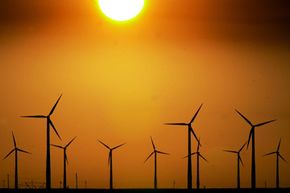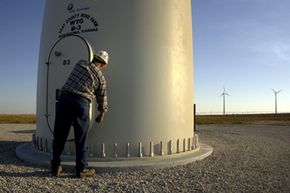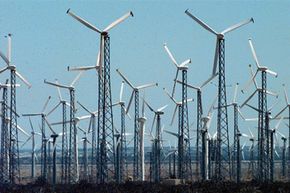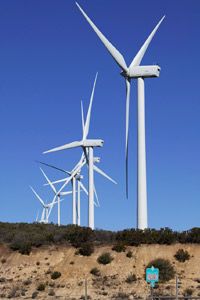To answer this question, we have to stop thinking about energy as a straightforward commodity -- something to be produced and consumed. Instead, think about human behavior, driving patterns and habits and about the vagaries of wind and weather. Then think about how all of these factors will mix together and balance out the power that can actually be produced by wind and when and how that will be used by drivers.
If you've given it some thought, then the answer you likely arrived at is, "no." And you'd be right -- at least to a degree. The full answer lies, as said, in many variables. So, as you'll see, it's possible (yet unlikely), that someday the answer could be, "yes."
Advertisement
The issue of cars powered by wind electricity is less one of supply and demand, and more one of sociological and cultural shifts in habits and thinking. Going from miles per gallon to kilowatt hours per mile means more than plunking a battery where the gas tank used to be. It's about changing driving habits, travel habits and even our concept of working and commuting. But when (and if) these cultural traditions are changed, wind power would still come up short on supply. Sure, it could generate the necessary power, but only if there were enough wind farms and only if there were enough ways to distribute the power -- if and if and if. But the wind is a fickle beast, despite modern forecasting techniques. Wind is seasonal, wind is dependent on storms and wind is variable and changeable -- much more so than human behavior.
But it is possible that wind could become one part of a portfolio of alternative energy resources that could someday replace more traditional coal, natural gas and oil electricity plants. Keep reading to find out why wind can't power a national fleet of cars, but may work well as one tool in a larger toolbox of energy sources waiting to make the United States a greener and more fuel-efficient country.
Advertisement




